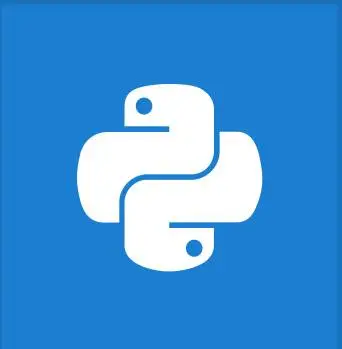


Python 中的 isdisjoint() 函数用于检查给定的两个集合是否不相交。如果集合不相交则返回 True,否则返回 False。不相交意味着两个集合没有共同的元素。
set_a.isdisjoint(set_b) #where parameter may be list, tuple, dictionary, and string
isdisjoint() 函数接受一个参数。该方法会自动将给定的可迭代参数转换为一个集合,以检查其是否不相交。
| 参数 | 描述 | 必需/可选 |
|---|---|---|
| set(集合) | 要在其中搜索相同项的集合 | 必需 |
此方法返回一个布尔值 True 或 False。我们也可以说,如果两个集合的交集是空集,那么它们就是不相交集合。
| 输入 | 返回值 |
|---|---|
| 如果集合不相交 | True |
| 如果集合不相交 | False |
A = {'a', 'b', 'c', 'd'}
B = {'e', 'f', 'g'}
C = {'b', 'h', 'i'}
print(' A and B disjoint?', A.isdisjoint(B))
print(' A and C disjoint?', A.isdisjoint(C))
输出
A and B disjoint? True A and C disjoint? False
A = {1, 2, 3, 4}
B = [5, 3, 6]
C = '3mn7'
D ={1 : 'a', 2 : 'b'}
E ={'a' : 1, 'b' : 2}
print('A and B disjoint?', A.isdisjoint(B))
print('A and C disjoint?', A.isdisjoint(C))
print('A and D disjoint?', A.isdisjoint(D))
print('A and E disjoint?', A.isdisjoint(E))
输出
A and B disjoint? False A and C disjoint? False A and D disjoint? False A and E disjoint? True